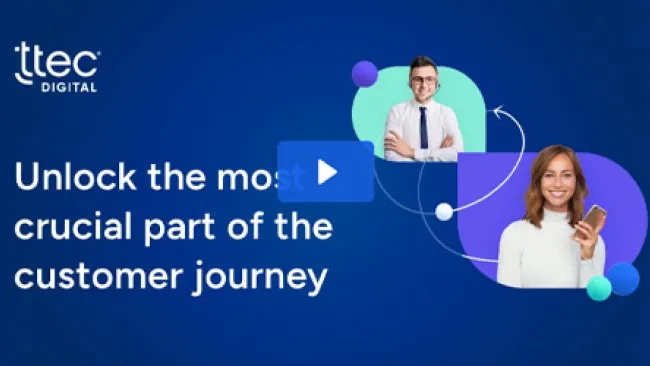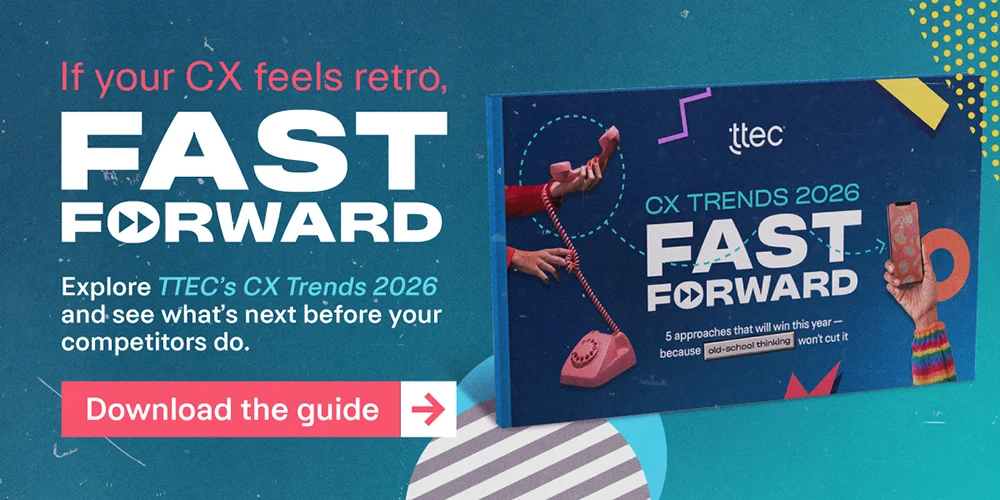Nestled in the shadow of the cultural Mecca that is New York City, the New Jersey Performing Arts Center has become a jewel in the cultural arts scene, serving a unique and diverse blend of suburban households along with inner city dwellers.
But NJPAC’s journey since opening in 1997 has not been without challenges. In response to our unique competitive environment and shifts in consumer behavior, the Center’s top executives developed a multipronged approach to audience development and cultivation that centers on customer lifetime value to ensure long-term sustainability and growth.
The historical business model for the performing arts industry places season subscribers at the core. The influx of subscription dollars prior to the performance season supplies the organization with the funds needed to operate. In addition, the expense to market and sell subscriptions is far less than the cost of marketing individual performances.
Over the years this business model has led to the assumption that subscribers, after high-end donors, are arts institutions’ most valuable customers. NJPAC diligently adopted this subscription model. This meant our approach to aligning customers to value segments directly related to how the customer did business with us, versus the strength or value of the relationship between NJPAC and the customer.
The changing leisure habits of our patrons, however, meant stagnant to declining sales, particularly with our subscription sales. We quickly recognized that we would not remain viable if NJPAC ignored these emerging trends.
Convinced that our long-established institution-wide culture of customer service would ensure retention, we assumed that our best approach to addressing declining ticket revenue was to acquire more customers, and that meant more subscribers.
Reinventing the customer relationship
In 2005, through a rigorous analysis of our customer data by the Roan Group, we discovered that our hypothesis was flawed. We learned that we were already an “acquisition machine,” with 65 percent of each season’s attendance coming from new households. On the flip side of this was that every year large portions of our audience were not purchasing tickets for the following season.
Of particular concern was the loss of high-frequency ticket buyers (those purchasing four or more performances each year). This group of customers represented about 10 percent of our households, and accounted for approximately 40 percent of NJPAC’s ticket revenue each year, and fully half were not traditional subscribers; they were flying under the radar as single-ticket buyers with no benefits or recognition.
We conducted additional customer-focused research in 2007, through Shugoll Research, to determine the reasons some customers do not return the following season. This research focused on subscribers and multi-event buyers. Again we discovered a flaw in our hypothesis: Although our outstanding customer service scores made us an industry leader, our best customers felt that they were not recognized with special treatment or benefits, even in cases where benefits were available to them.
Armed with these substantive research insights we aggressively reinvigorated the organization’s CRM focus into an institution-wide business strategy designed to increase customer engagement. Reminted with a brand new title–NJPAC’s Customer Loyalty Program—the initiative now includes five key strategic customer-focused imperatives:
- Leadership and culture alignment and recommitment to the customer, including the creation of the chief customer officer position
- Customer resegmentation based on value
- Process and policy alignment to customer experience versus business functions, including major changes in offer, pricing, and packaging strategies
- Customer information strategy redirected to collect, analyze, and support a unified and intelligent view of the customer across the institution
- Personalized sales, service, and communication
Along with the Customer Loyalty Program, we also undertook a complete overhaul of our ticket revenue measurement strategy and adopted four new metrics, or levers, that had first been identified by the Roan Group:
- Number of households attending, and within that, the number of renewing, reactivated, and new households
- Average number of events attended per household
- Average number of tickets purchased per event
- Average price paid per ticket
These new metrics shifted our focus from the traditional model of looking at sales results based on capacity budgets by performance, to levers that more accurately reflect marketing strategies.
Eating the elephant one bite at a time
Given the nature of our loyalty program we understood early on that we could not effectively manage all five strategic imperatives simultaneously across all customer segments of the institution. Therefore, we needed to select a group of customers that would bring the biggest opportunity for revenue growth. For this we needed a new way to determine the actual value of a group of customers. We settled on a lifetime valuation (LTV) model that considers the length, breadth, and depth of the relationship (see “Lifetime Valuation Model”).
Using our LTV formula we were able to score our entire customer database and place groups into different value ranges. From there we selected the top performing group of customers, or those who we now know are our most valuable, and developed an overall marketing, sales, and service strategy based on individualized, personal service.
In October 2007 we officially launched a personal representative program for the 4,000 accounts that reside in the top score quadrant. It features such unique services as a private toll-free number, end-to-end sales and service across offerings, a gift giving service, and unique cultivation and win-back opportunities surrounding attending an event at NJPAC. For example, customers who have not made a ticket purchase for the past two seasons are invited to a completely complementary evening on us. This includes seats in a private box, a catered reception in the adjoining salon, and parking. Invitations are limited to 14 guests and the entire evening is hosted by our personal representatives. During the reception we make sure the guests understand that NJPAC recognizes their support and that we miss them. Finally, we arrange for one of our arts education students to stop by and talk about what role NJPAC has played in supporting their involvement in the arts. Last season 30 percent of these customers purchased tickets within 30 days of attending one of these events.
Additionally, we selected a small team of our very best customer service representatives and gave them primary responsibility for building lasting relationships with this critical group of customers, while also enriching the revenue stream. NJPAC provides specialized service and sales training to this new team, including hands-on visits to other customer-focused organizations like Mitchells, Harrah’s, and American Express, to learn best practices outside of the performing arts industry.
Concurrent with the launch of the personal representative program, Vice President of Marketing Catrina Boisson redesigned our marketing and customer communications to reflect a personal understanding of each customer, including elements like the last performance attended, length of relationship, and performance preferences.
Our efforts required an investment in new customer information management technology. Since our ticketing systems and fundraising systems store and manage customer data independently, our first investment was in a CRM system that provided an integrated view of each customer. After an extensive search we selected Alliance Software to develop an arts-specific solution based on the SugarCRM platform. We use the system to collect and enrich the customer profiles with information not asked or stored as part of the transaction, such as the customer’s seating preference, relationship to other accounts, performance preferences, and any unique customer needs.
The system also has a sales planning platform for representatives to actively manage each account. This new system, Events CRM, is a part of our ticket services and development desktop applications and is used to support marketing list management and analysis functions.
Early results and the future
Since launching the program we have seen a positive impact on our key marketing metrics. We have been able to reverse churn, stabilize the number of households attending, and increase the price paid per ticket. We have also begun to see stabilization in the number of events attended.
Last October we launched a voice of the customer survey/feedback program to enhance our customer knowledge. We survey customers twice: following a ticket purchase and following attendance at a performance. We are eagerly anticipating complete analysis of what we are learning from these surveys, which include our two “money” questions: willingness to recommend us to a friend (to calculate our Net Promoter Score) and likelihood to return. Initial results show that the Net Promoter Scores for the top accounts managed by our personal representatives is a whopping 97 percent.
This past February, with the launch of our new season, we completed the rollout of the Customer Loyalty Program to the remainder of the ticket services team so that we can better serve and learn more about a much broader group of customers.
We are also in the process of determining our next-best customer prospects to join the personal representative program. These two activities will position us to grow the number of top-performing accounts. Perhaps one of our biggest challenges for the coming season is to extend the emphasis of the Customer Loyalty Program beyond the marketing department to such areas as guest services and development (fundraising).
Given the difficult financial environment we all find ourselves in today, we have great confidence that the path we have chosen—focusing on our best customers—positions NJPAC to weather the storm and come out healthy in the end.
















